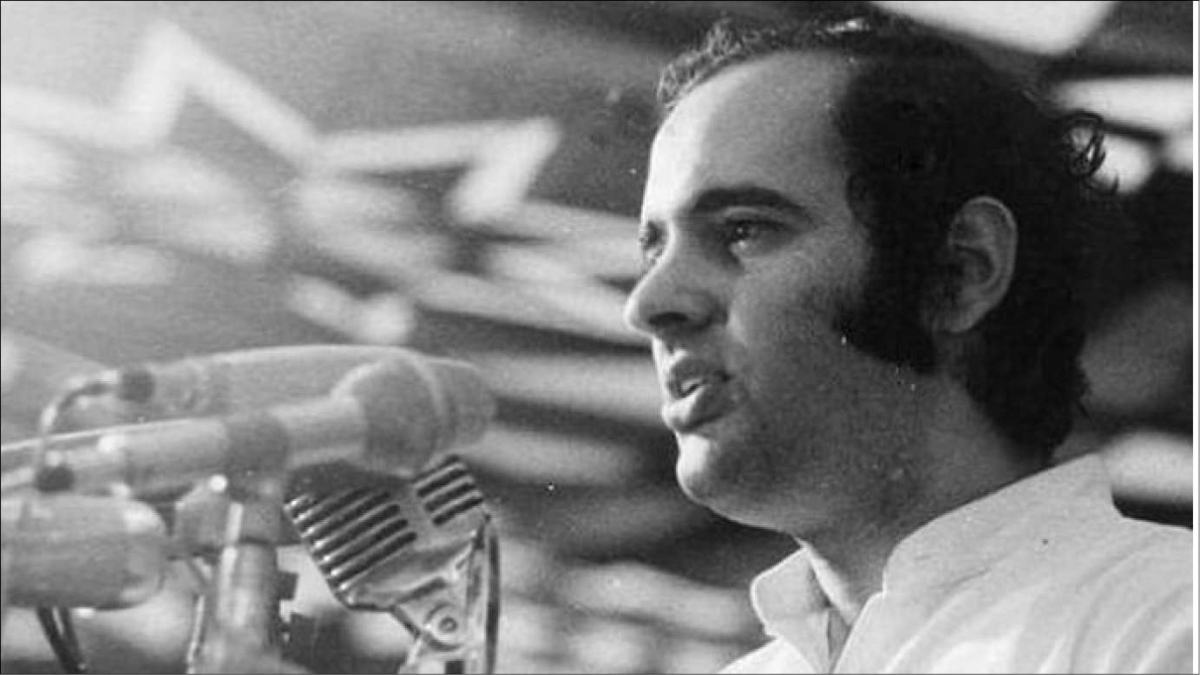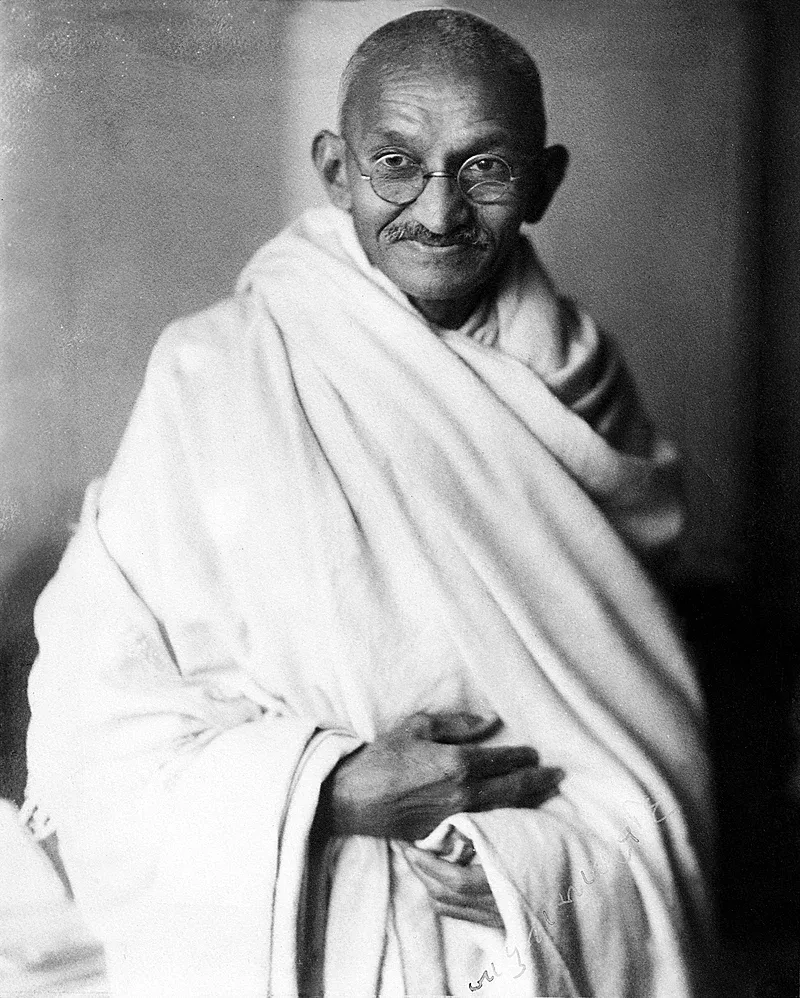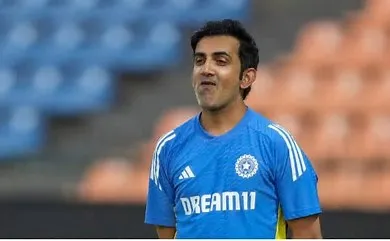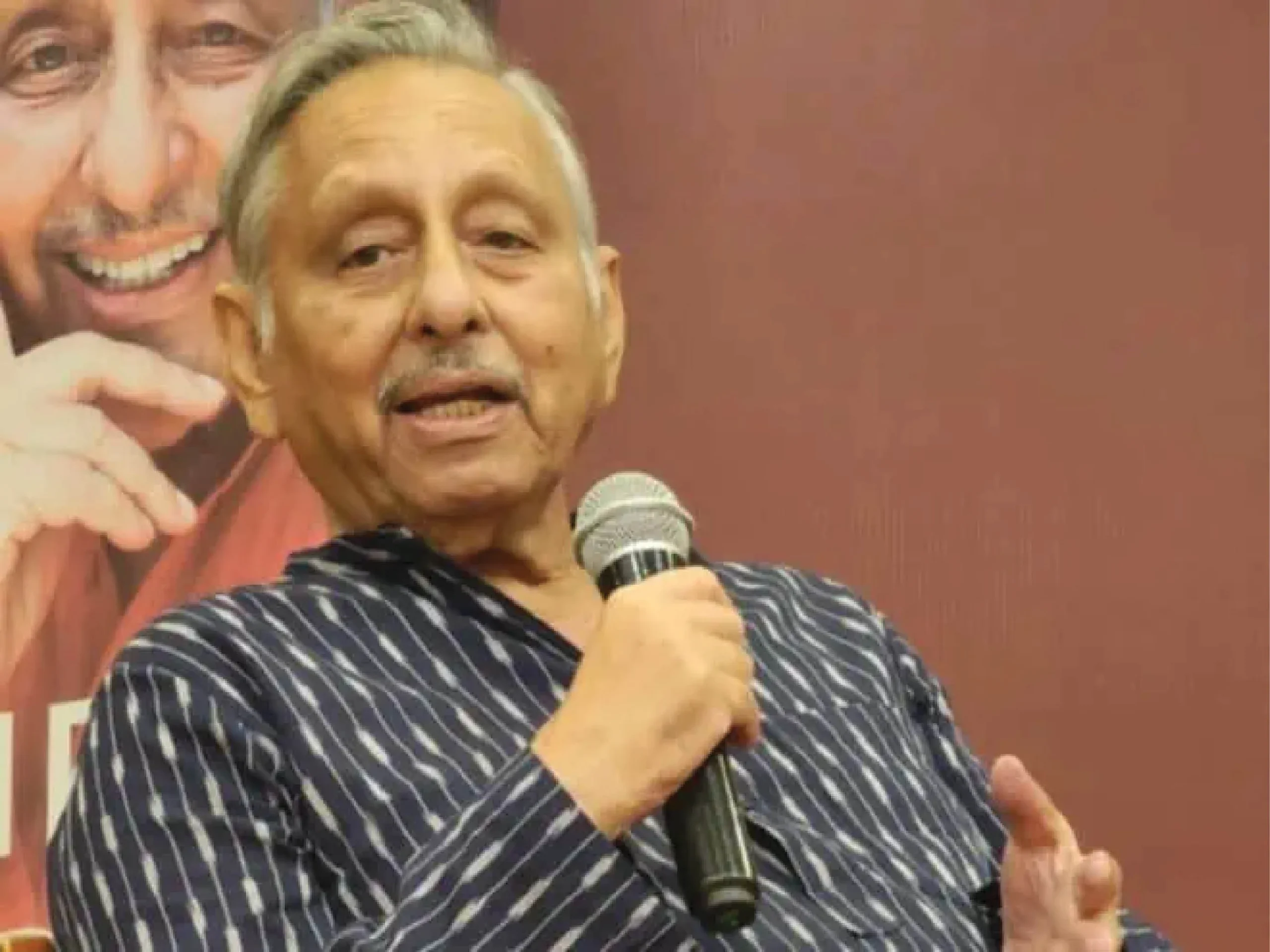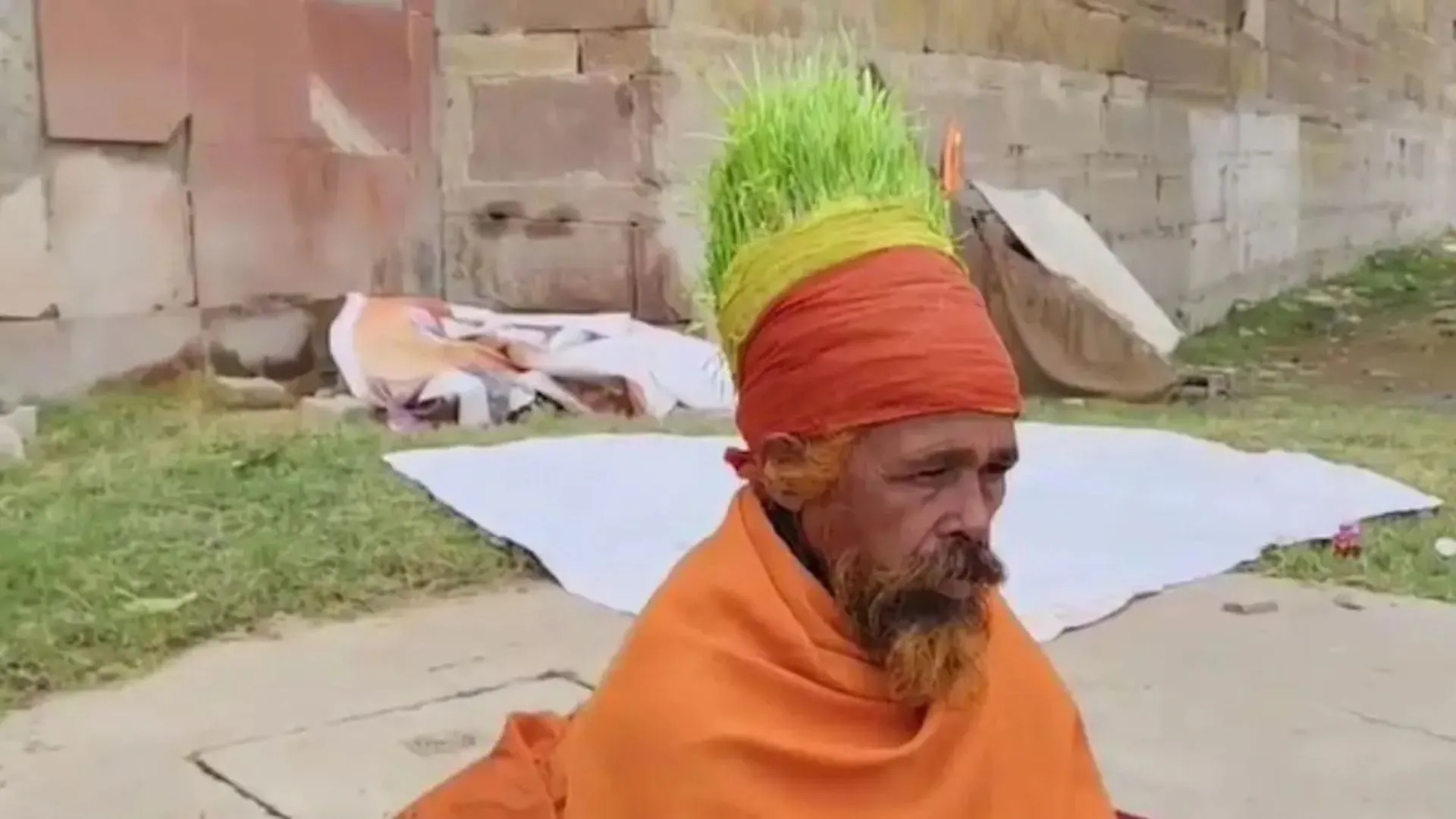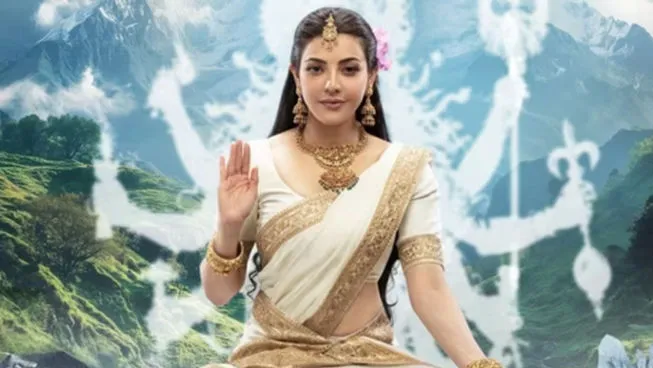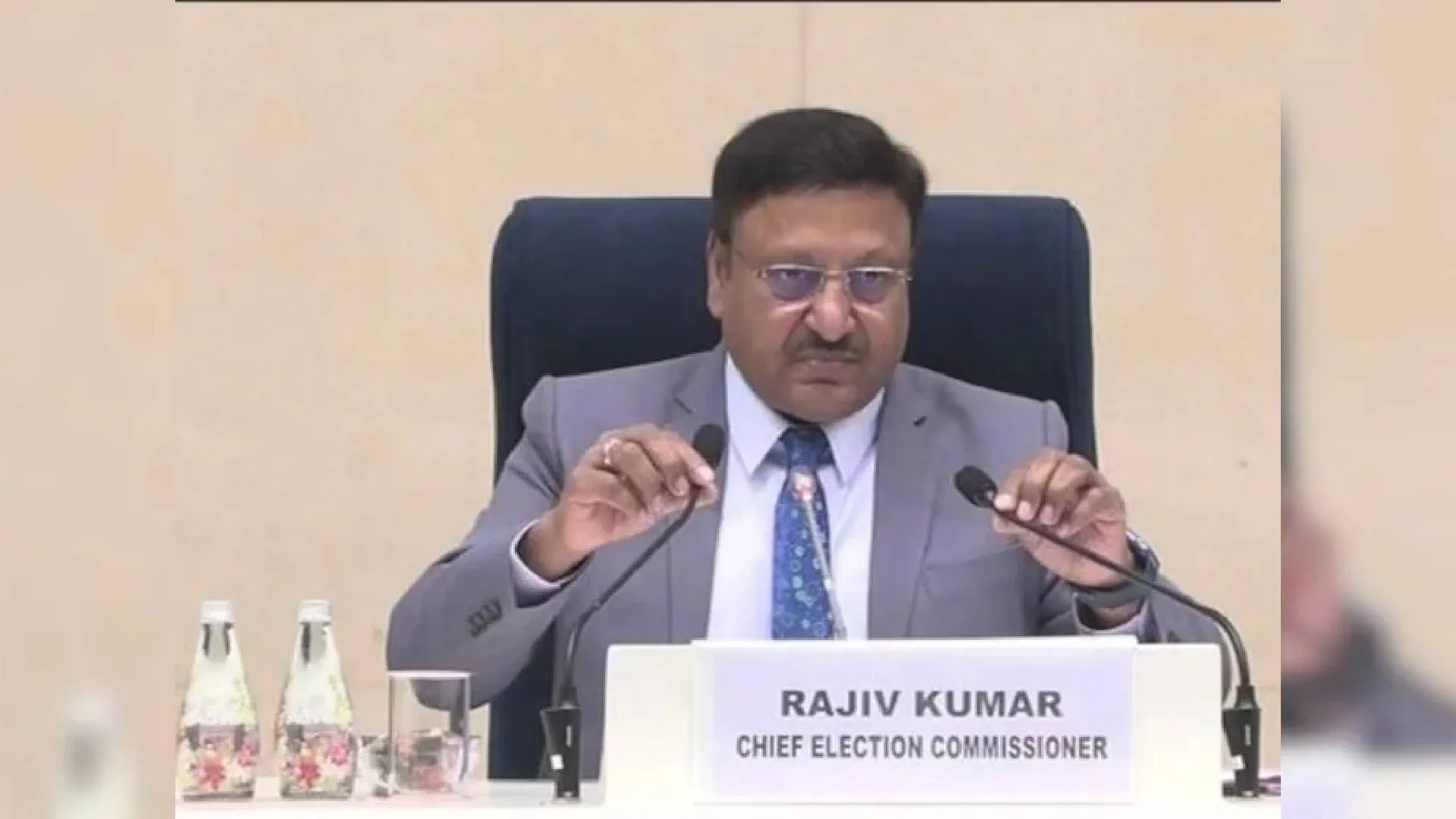Sanjay Gandhi, whose 74th birth anniversary falls on Monday, is amongst a handful of leaders of independent India whose imprint on the Congress is indelible. More than 40 years after his tragic death under mysterious circumstances, in a plane crash, his handpicked people continue to occupy stellar positions in the grand old party. He was just 33 years old when he passed away, yet had it not been due to his efforts, the Janata Party government would have continued for some more time and the Congress would have found it extremely difficult to make a comeback.
His critics always thought of him as an autocrat, holding him responsible for both the 1975 Emergency as well as the excesses connected with it. However, no one can deny that his five-point programme, which was central to the activities of the Indian Youth Congress, showed his vision. When nobody spoke about ecology, he made a pitch for growing more trees, he was a strong advocate of a small family, much needed to control the population explosion, as also the concept of `Each one Teach one’. The Emergency which was clamped following the suggestion of the then West Bengal Chief Minister, Sidhartha Shankar Ray, proved to be counter-productive and in the elections that were held in 1977, the Congress was virtually wiped out in north India. Amongst the stalwarts who were defeated were the then Prime Minister, Indira Gandhi, arguably the most acclaimed mass leader of the last century, and Sanjay, who was trounced in his maiden election from Amethi by a lesser known activist, Ravinder Pratap Singh.
Sanjay had learnt his lessons the hard way and thus became even more determined to put the Congress back in the driver’s seat. Undeterred by the revolt in the party by veterans such as Yashwant Rao Chavan, Karan Singh, K.C. Pant and K. Brahmananda Reddy, Sanjay nudged Indira Gandhi to go in for a second split. This was done despite opposition from the likes of Kamlapati Tripathi. He first ensured the exclusion of those who had deserted his mother before putting out a blueprint of a new look party. This he did with the able assistance of some of his loyalists—Kamal Nath and Akbar Ahmed, his schoolmates, and Youth Congress leaders such as Prem Swarup Nayyar, Lalit Maken and Hasan Ahmed who led protests on the streets. Both Buta Singh, who took over as the sole general secretary of Congress (I) and subsequently, Abdul Rehman Antulay, enjoyed his total trust. Using Kapil Mohan, the industrialist as a bridge, he chalked out a workable strategy with socialist leader Raj Narain to bring down the Morarji Desai government. All through, Kamal Nath and Akbar Ahmed remained by his side. Once the Janata Party government fell, and Charan Singh was appointed the Prime Minister, it was evident that the Congress under the overall leadership of Indira Gandhi was poised to come to power again. Significant, from Pranab Mukherjee to Ghulam Nabi Azad and from Kamal Nath to Ashok Gehlot, majority of leaders of that generation owed their political success to Sanjay.
Had it not been for his untimely death, the Nehru-Gandhi legacy would have rightly belonged to him and his family. However, destiny had different things in store and it was his brother, Rajiv Gandhi’s family that became the ultimate beneficiary. He shall also be known as a leader who freed his party from the clutches of Left-of-Centre leaders and encouraged liberals to come to fore. Sanjay went very early but his stamp on the Congress shall remain forever.

